Save the Big Cats
The term Big Cat according to various Organizations includes only the Panthera genus with its five species, namely the tiger, the leopard, the lion, the jaguar, and the snow leopard. But others also include the cheetah and the puma in this group.
They live in countries stretching the globe, from the highlands of Russia, Mongolia, Central Asia and India, through Africa, North, Central and South America.[1]
[1] Quora: https://www.quora.com/Are-Snow-Leopards-considered-as-big-cats
The Problem
It can be difficult to picture a world where big cats and humans live alongside one another in harmony. The stigma surrounding big cats with a reputation for being aggressive and dangerous towards humans proves to be a considerable issue hindering big cat conservation. The other main issues are habitat loss and degradation due to expansive land-use change for agriculture, palm oil plantation and transport infrastructure which fragments the landscape, rendering what was pristine habitats now inhospitable for the felines.
Poaching remains another issue facing big cat species. Tigers, leopards, lions, and snow leopards are commonly killed, and their parts sold for the illegal wildlife trade market. The Traditional Chinese Medicine market contributes to a large proportion of the illicit trade, along with demand for the fur to fabricate lavish clothing materials.
Lions and tigers are also infamously bred to accustom them to close human contact for touristic purposes, completely interfering with their instinctive behavior. Once the cubs reach adult age, they are normally moved to open areas where rich hunters pay to have their heads displayed as a trophies (Trophy Hunting), retaining no conservation value.[2]
[2] Big Cat Allies: http://www.bigcatallies.org/programs/wild/
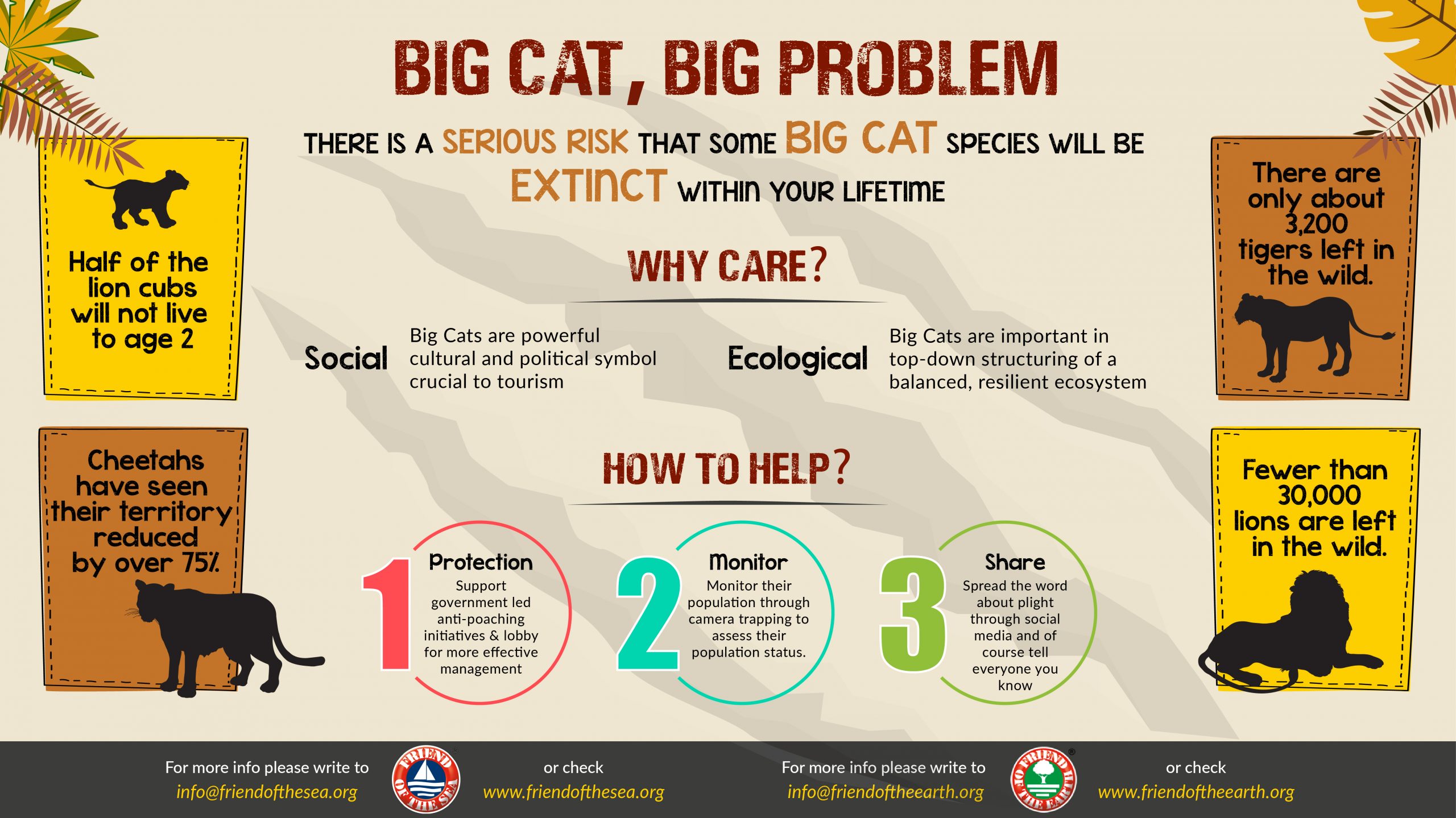
Environmental Consequences
Given the 2015 IUCN report, of all species of big cats, 5 tigers are considered extinct or regionally extinct, and the remaining species oscillate between Vulnerable (VU), Endangered (EN) and Critically Endangered (CR).[3]
All big cats play a vital role in maintaining ecosystem functionality. If any of the big cat species were to go extinct, as keystone predators, the ecosystem would undoubtedly shift, likely with negative consequences for the diversity and abundance of other species.[4]
[3] IUCN: http://www.catsg.org/index.php?id=74
[4] Society for Conservation Biology: https://conbio.org/publications/scb-news-blog/the-importance-of-big-cats
Possible Solutions
To reduce hunting of wild cats, big cats are often kept in protected areas and monitored by rangers. Resources are used to train rangers, fund equipment, and develop intelligence networks to help target the right areas.
To reduce the number of big cats killed by humans who feel their livestock is under threat, prey populations should be protected. Where big cats are living in unprotected areas, conservationists must monitor legal hunting of the prey species; ensuring the big cats have sufficient natural prey might reduce attacks on livestock.
In areas where conflict between humans and big cats has become a serious issue, it may be possible to relocate either humans or big cats. It might also be possible to educate communities living near big cat habitats on practices could help avoid conflict situations.
Campaigning and raising awareness against the use of big cat parts in Chinese medicine can also significantly reduce poaching.
WSF Activities and initiatives
The World Sustainability Foundation provides financial support for the Snow Leopard Trust (SLT), the only organization dedicated to snow leopard species conservation in 5 key countries in Asia. Its habitat coincides with a mountainous and rocky territory, impervious for researchers to explore and protect.
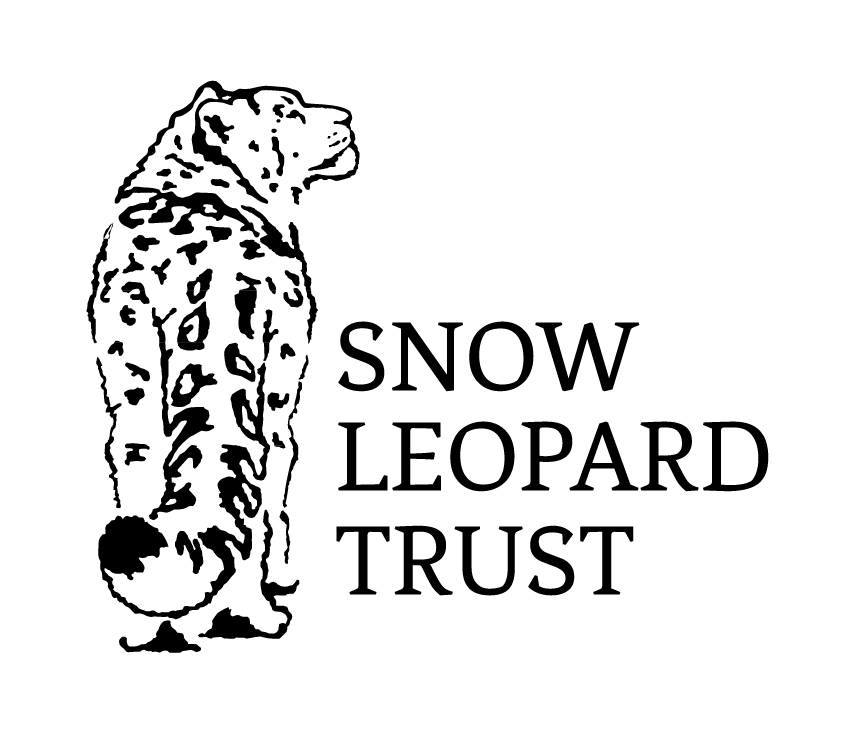

Snow Leopard project in India: 2023 results
In 2023, we supported the Snow Leopard Trust’s project by contributing to the purchase of 2 photo traps. The project was conducted in the state of Himachal Pradesh, India.

Figure 1 A curious snow leopard
40 photo traps were placed in the Great Himalayan National Park for 45 days between September 2023 and November 2023. The GHNP is a UNESCO World Biodiversity Site.
The results allow us to estimate the presence of at least 2 snow leopards in the national park.
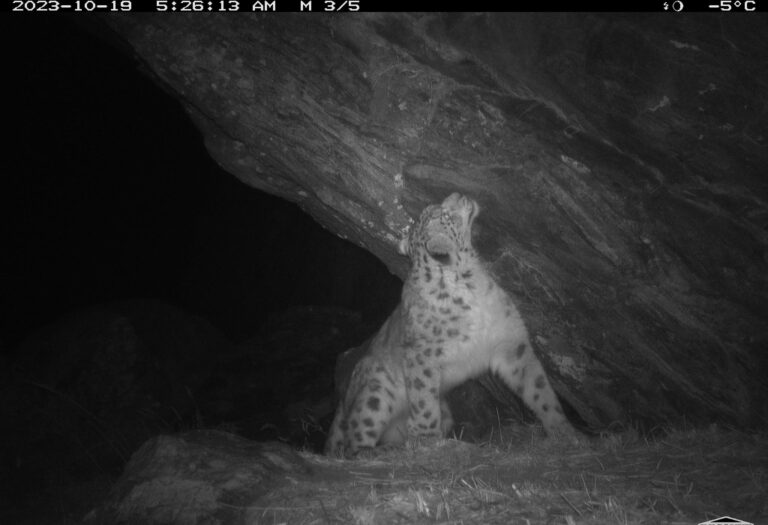
Figure 2 Another snow leopard
Interestingly enough, researchers also found that common leopards also visit areas above the tree line, normally thought to be populated by snow leopards alone.
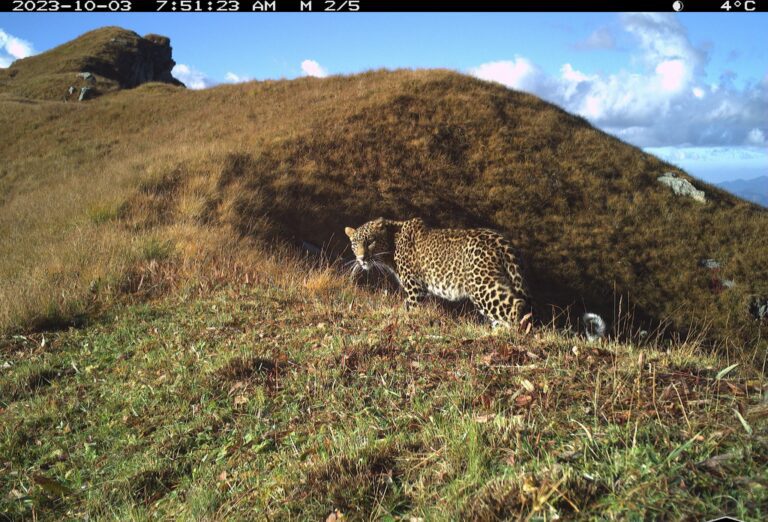
Figure 3 A common leopard
The importance of trap cameras in facilitating thorough studies and furthering research efforts through their recordings is highlighted by this camera trapping operation. Additionally, it captured the rare Western Tragopan in the region, a species endemic to Himachal Pradesh.
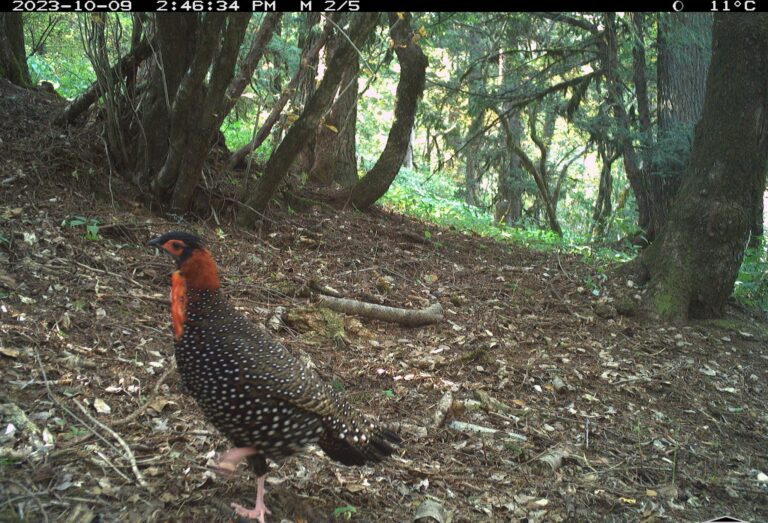
Figure 4 A Western Tragopan
Call to action
- Sign Friend of the Earth Change.org petition to ban sale of tiger-based products.
- Choose Friend of the Earth certified products from sustainable agriculture.
- Promote awareness and fund selected onsite projects to protect endangered big cats.









